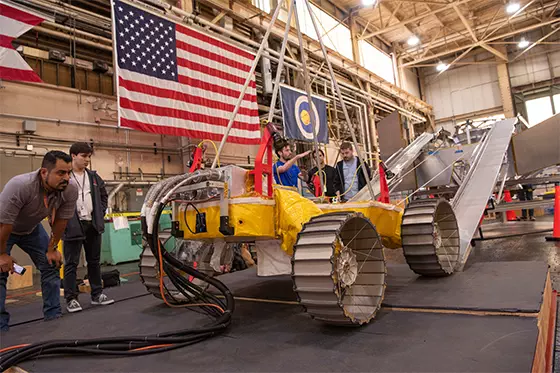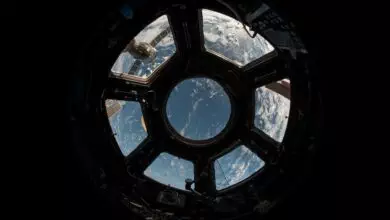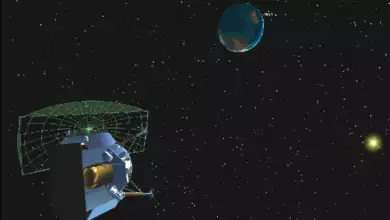
Astrobiotic failure occurred during the early morning hours of Jan. 8, when a United Launch Alliance Vulcan Centaur rocket lifted off from the Cape Canaveral Space Force Station in Florida, carrying the Astrobotic Peregrine lunar lander into space. The new launch vehicle’s systems, including the BE-4 engines provided by Jeff Bezos’ company, Blue Origin, worked nominally. However, the Peregrine experienced a serious glitch that has forestalled any attempted lunar landing.
A few hours after launch, Astrobotic posted on X that an anomaly prevented Peregrine from pointing its solar panels at the sun. Later, the company determined that the cause was a fault in the propulsion system for the spacecraft’s altitude control system. The glitch caused the spacecraft’s battery to be depleted to a dangerously low level. Ground controllers executed a maneuver to reorient the solar panels toward the sun.
Read Also: The Tallest Buildings of The Future and Their Locations
The maneuver is successful but the propulsion system caused chaos
The maneuver proved successful and the battery was recharged. However, Astrobotic ground controllers later determined that the fault in the propulsion system caused a critical loss of propellant. They also determined that because of the leak, the spacecraft had only 40 hours left before it would run out of propellant and would no longer be able to orient its solar panels toward the sun, thus losing power. Peregrine will no longer be able to land on the moon. The core reason for the propellent failure turned out to be a valve problem.
If all had gone well, the Peregrine would have touched down on the lunar surface on Feb. 23. It would have been the first American moon landing since the voyage of Apollo 17 that took place in December 1972.
The glitch that ended the Astrobotic Peregrine mission was, without a doubt, heartbreaking to the engineers who toiled on it for so many years. The probe was not even able to attempt a lunar landing before it failed. NASA and all the other customers that had paid to take payloads to the lunar surface, as well as everyone who has been following the world’s return to the moon with keen interest, shared in the disappointment.
In the immediate aftermath, Astrobotic will have to figure out what exactly went wrong and how to avoid the malfunction in future missions. The company is due to launch its larger Griffin lander on a SpaceX Falcon Heavy in November, bearing, among other payloads, NASA’s Viper rover.
Meanwhile, a couple of attempted moon landings are due within the next two months.
The Japanese SLIM lunar lander entered lunar orbit on Christmas Day, 2023. It is due to attempt a moon landing on January 19 on the slopes of the Shioli Crater on the near side of the moon. Its primary objective is to test a pinpoint landing system. Once the SLIM has landed, the probe will conduct experiments and investigations using a multi-band camera (MBC) to probe the Shioli Crater’s composition. SLIM will also carry two rovers: one, the Lunar Excursion Vehicle 1 (LEV-1), will hop across the lunar surface, and the other, the Lunar Excursion Vehicle 2 (LEV-2), will roll about like a baseball on the ground.
In the meantime, another private company that is part of the Commercial Lunar Payload Services program, Texas-based Intuitive Machines, will launch its Nova-C lunar lander atop a SpaceX Falcon 9 in mid-February. The company plans to land the Nova-C at crater Malapert A, which is near the moon’s south pole, in late February. If successful, the lunar lander will conduct “studies of plume-surface interactions, radio astronomy, and space weather interactions with the lunar surface. It will also demonstrate precision landing technologies, communication, and navigation node capabilities.”
Is the astrobotic failure enough to stop the moon’s return?
The Astrobotic Peregrine’s failure should not be taken as an indictment against the Commercial Lunar Payload Services approach to returning to the moon. A certain number of failed missions were always inherent in the commercial approach to landing on the moon. Failure in space exploration, as in any other undertaking, is the father of success. The key is to not let failure discourage one from learning from it and pressing on.
One day, perhaps as early as February or perhaps later, a commercial company will land safely on the lunar surface. On that day, the nature of space exploration as just another government program will have changed forever. The path to a commercial space future on the moon will have been opened.





